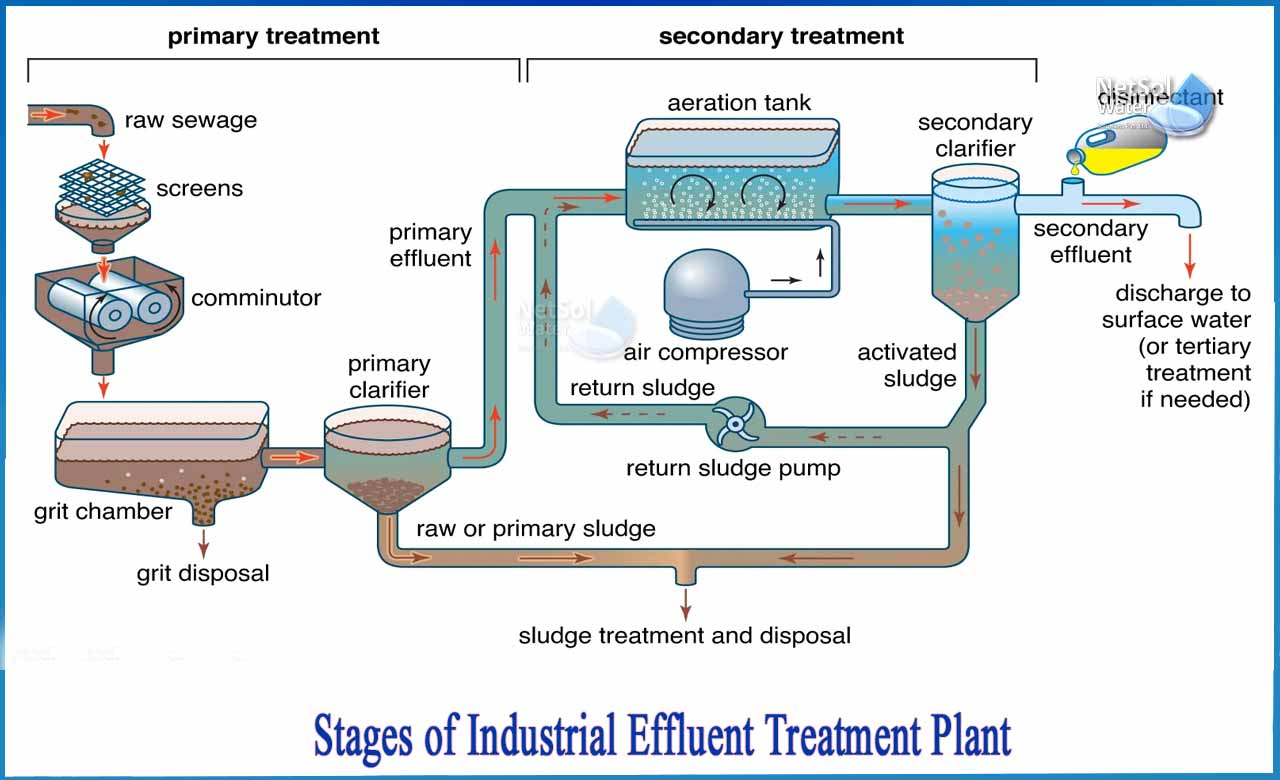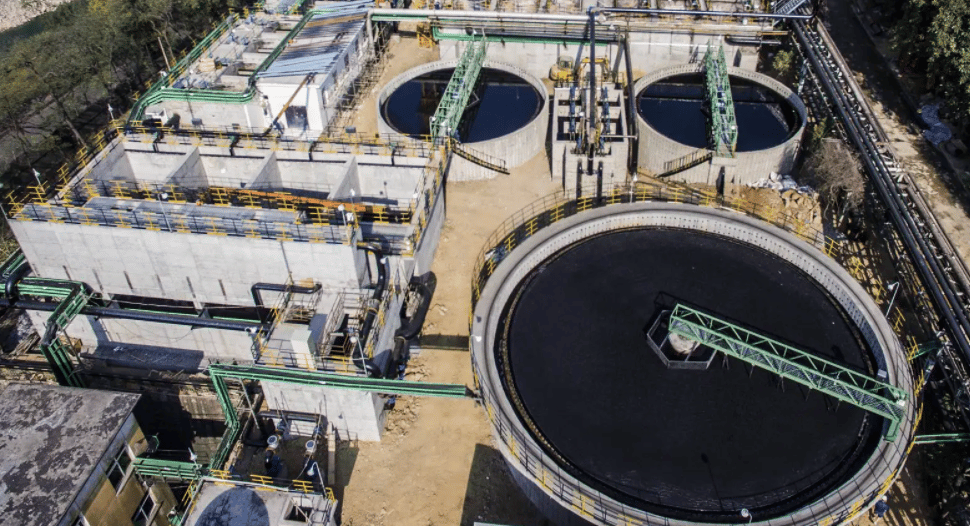Technologies and Advances in Hazardous Waste Water Treatment Technologies
The landscape of commercial wastewater treatment is going through a transformative shift, driven by innovations that boost both performance and sustainability. Arising innovations, such as membrane bioreactors and microbial gas cells, are redefining pollutant removal processes while adding to energy generation. Resource recuperation methods are gaining grip, lining up with round economy concepts. As governing standards evolve, the integration of AI and artificial intelligence into wastewater administration systems assures to ensure and streamline operations compliance. Nonetheless, the full ramifications of these innovations increase vital inquiries concerning their scalability and long-lasting influence on sector practices.
Summary of Drainage Therapy Technologies
Wastewater therapy innovations encompass a series of techniques created to remove impurities from commercial effluents prior to their launch right into the atmosphere. These technologies are critical for maintaining eco-friendly equilibrium and making sure compliance with environmental guidelines. The main groups of wastewater treatment include physical, chemical, and organic methods, each serving distinctive functions based upon the nature of the contaminants existing.

Organic treatment approaches employ microorganisms to break down natural matter, making them especially efficient for organic-rich effluents. Techniques like triggered sludge and biofilm activators harness the all-natural deterioration abilities of microorganisms, leading to significant reductions in biochemical oxygen demand (BOD)
Advanced Purification Techniques
Advanced filtration techniques stand for a critical evolution in the realm of industrial wastewater treatment, enhancing the effectiveness of impurity removal processes. Industrial Waste Water Treatment. These methods incorporate a series of modern technologies, consisting of microfiltration, ultrafiltration, nanofiltration, and turn around osmosis, which provide consecutive barriers for different bit sizes and chemical structures
Microfiltration and ultrafiltration utilize membrane systems to get rid of put on hold solids, microorganisms, and larger organic particles, enhancing the quality of effluent before further therapy. Nanofiltration connects the gap between ultrafiltration and reverse osmosis, properly eliminating organic compounds and divalent ions, therefore minimizing the tons on downstream processes.
Reverse osmosis offers the highest degree of filtration by enabling only water and tiny particles to pass with its semi-permeable membranes, making it perfect for reclaiming high-quality water from commercial effluents. Current developments in membrane modern technology, consisting of the development of even more fouling-resistant and resilient materials, have actually substantially improved functional effectiveness and reduced expenses.
Including these sophisticated filtration strategies not only enhances the general treatment procedure but additionally contributes to sustainability initiatives by allowing water reuse and source healing in commercial settings. (Industrial Waste Water Treatment)
Organic Treatment Innovations

In addition, the advancement of engineered organic systems, such as membrane layer bioreactors (MBRs), integrates organic therapy with sophisticated membrane purification. This assimilation enables higher effluent top quality and minimized footprint, making it suitable for space-constrained commercial facilities. Innovations in genetically crafted microorganisms have actually likewise arised, improving the biodegradation of particular contaminants, such as pharmaceuticals and hefty metals, that are commonly challenging to remove.
In addition, the application of bioaugmentation strategies, where valuable microorganisms are introduced to boost the existing biological therapy procedures, has revealed promising lead to boosting treatment efficiency. These advancements collectively symbolize a trend in the direction of more effective and lasting biological therapy approaches that can adapt to the progressing intricacies of industrial wastewater streams. As sectors remain to focus on ecological compliance, these organic developments will certainly play a crucial function in wastewater management.

Source Recuperation Approaches
In industrial setups, the integration of source recovery approaches has come to be progressively crucial for enhancing sustainability and minimizing waste. These methods concentrate on extracting useful products and energy from wastewater streams, consequently changing possible pollutants into multiple-use sources.
One noticeable strategy is nutrient recuperation, where nitrogen and phosphorus, typically present over in wastewater, are captured and exchanged fertilizers. This not just decreases ecological impacts however also supplies a round economic climate remedy for agricultural applications. In addition, technologies such as anaerobic food digestion permit for the conversion of organic waste right you could try here into biogas, a renewable resource see post resource that can offset fossil fuel usage in commercial operations.
Moreover, progressed filtration and membrane modern technologies facilitate the healing of commercial byproducts such as metals and salts. These recuperated products can be rehabilitated into production processes, lowering the need for virgin resources.
Future Patterns in Drainage Monitoring
As sectors increasingly focus on sustainability, the future of wastewater management is set to undertake substantial transformations. Technological improvements, such as expert system and device knowing, will certainly allow extra reliable surveillance and management of wastewater systems. These technologies can predict maintenance needs, optimize treatment processes, and enhance decision-making, ultimately reducing functional prices and ecological impact.
Furthermore, the integration of circular economy principles will certainly play an essential role in wastewater management. Industries are anticipated to change in the direction of systems that not only treat wastewater but also recoup useful sources, such as nutrients, water, and energy. This transition will certainly lessen waste and promote the reuse of materials, aligning with international sustainability objectives.
Emerging treatment strategies, such as membrane layer bioreactors and advanced oxidation processes, will certainly additionally enhance the effectiveness of wastewater therapy, enabling for better effluents ideal for reuse. Furthermore, regulatory structures are likely to evolve, stressing more stringent standards for wastewater discharge and motivating markets to adopt cutting-edge treatment remedies.
Final Thought
In verdict, the advancement of industrial wastewater therapy modern technologies demonstrates a considerable change towards enhanced performance and sustainability (Industrial Waste Water Treatment). Innovations in sophisticated purification techniques, biological treatments, and source recuperation methods highlight the market's dedication to ecological stewardship.
The landscape of industrial wastewater treatment is going through a transformative change, driven by technologies that enhance both efficiency and home sustainability.Wastewater treatment innovations incorporate an array of methods made to remove contaminants from industrial effluents before their launch right into the environment.Harnessing the power of biological processes has actually led to considerable advancements in the treatment of commercial wastewater.In addition, the execution of bioaugmentation methods, where valuable microorganisms are presented to improve the existing organic therapy procedures, has revealed encouraging results in boosting treatment performance. These developments jointly represent a trend in the direction of more efficient and sustainable organic therapy approaches that can adapt to the advancing intricacies of industrial wastewater streams.